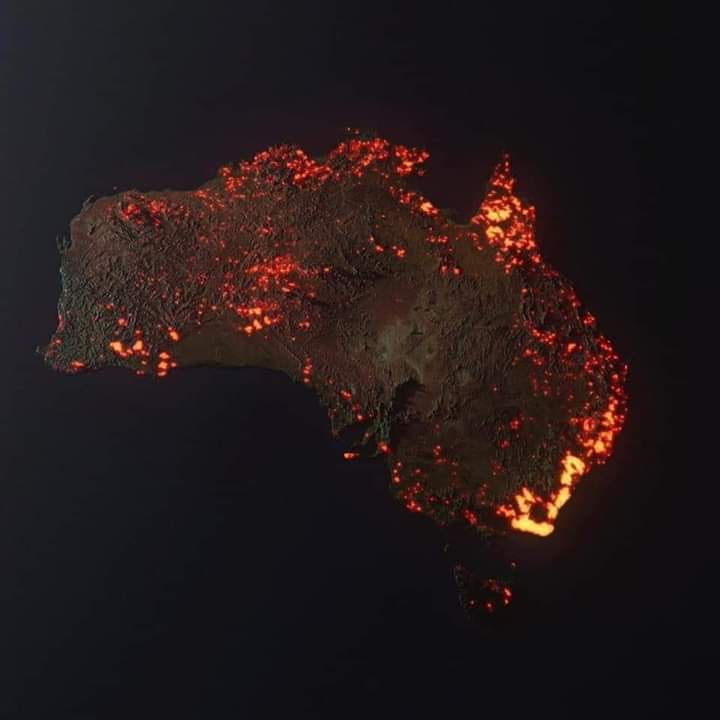It’s been hard to turn on the television or read the news without seeing stories about wildfires for the past few months — like the wildfires that burned through large parts of California in the fall or the ones currently raging in Australia. These disasters create damage and destruction and cost millions of dollars — often wiping out entire neighborhoods and communities when the conditions are right.
However, it’s not uncommon to hear of another type of fire called a controlled burn that happens in certain ecosystems, like the Everglades. While you might see both of these occurrences circulating in the news, you might not know all of the details behind them. Here’s what to know about wildfires and controlled burns.
What’s the difference?
Much as the names imply, wildfires are uncontrolled fires that may consume large expanses of land, including residential and developed areas. These may be caused by lightning strikes, naturally, or might be the result of human activity. Accidents such as out of control bonfires and firework shows gone awry or purposeful actions, like arson, can spark wildfires. Controlled burns, also called prescribed burns, are fires carefully set by professionals in specific ecosystems in order to help the environment. Controlled burns may be necessary in areas where fire is an essential part of the ecosystem, but it may not happen naturally anymore due to habitat fragmentation or other developments.
Can they go hand in hand?
To some extent, wildfires and controlled burns can work together. When done properly, controlled burns are overseen and monitored by professionals so that they don’t get out of control and spread. Surprisingly, one possible way to combat wildfires is to set uncontrolled burns — actually fighting fire with fire. If there’s a lot of dry vegetation, it can act like kindling and allow the wildfires to grow and spread. However, according to BBC, using controlled burns to get rid of some of the brush has been used as a strategy in some parts of Australia in an attempt to hinder the spread of the original fire.
If fires are natural, why are wildfires so dangerous?
Fires are a natural — and even beneficial — part of some ecosystems. In these environments, plants and animals often have adaptations or strategies to survive the blaze, and can even flourish afterward. Also, these natural fires have ways of going out on their own. According to Scientific American, when the fires are mild and simply clear out dry and dead brush, animals can usually escape and trees can withstand the flames. However, when the fires get increasingly intense and fast-moving, it’s harder for wildlife to escape and we see tragedies like the ones that are happening in Australia.
How can wildfires get this bad?
Yes, fire is a part of nature. However, there’s a lot of factors that can make them worse, especially droughts and warming, both of which are symptoms of a changing climate. According to the Environmental Defense Fund, the average wildfire season has increased by three and a half months over a few decades, and there are three times as many large fires per year in the western United States. Rising temperatures can cause more severe and sustained droughts, which results in the perfect fuel for these fires to grow quickly out of control.
Photo: A. Hearsey


